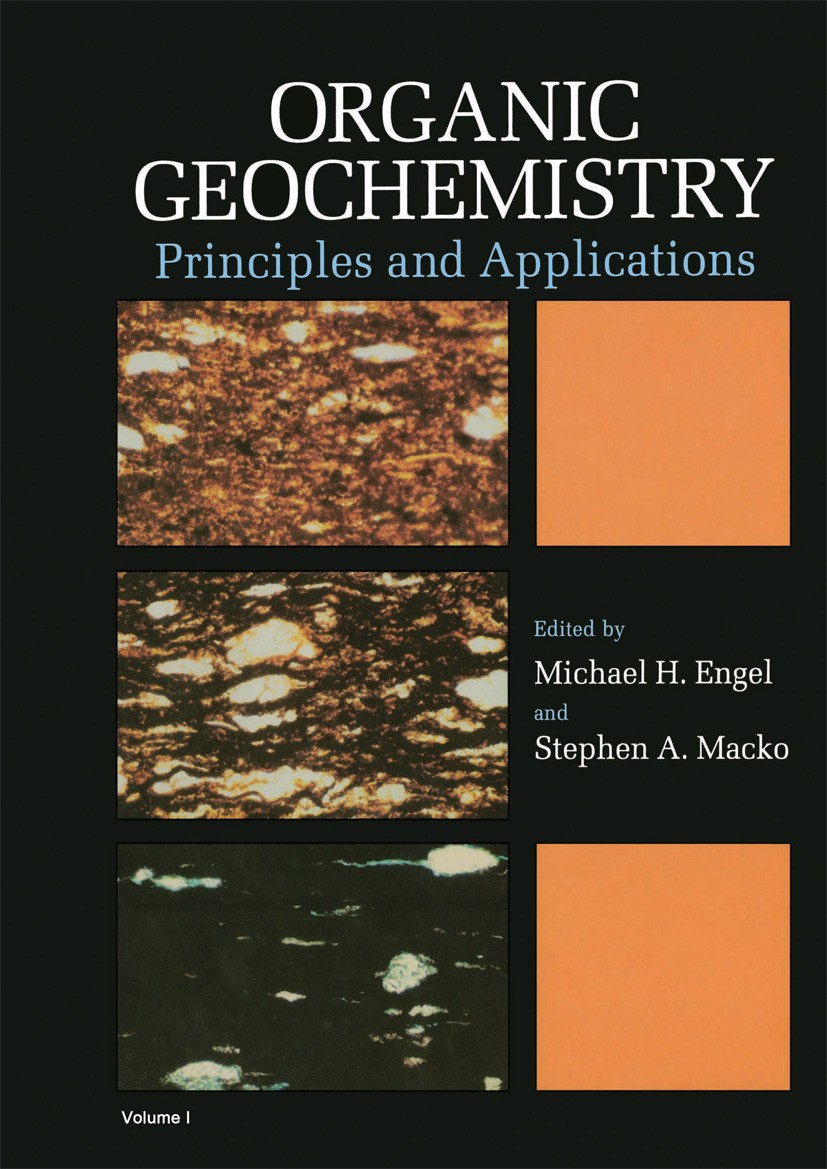Geochemical characteristics of Longtan transitional shale gas in the western Hubei Basin, northwest Middle Yangtze Block: Implications for the origin and carbon isotopes
IF 2.5
3区 地球科学
Q2 GEOCHEMISTRY & GEOPHYSICS
引用次数: 0
Abstract
Shale gas geochemical characteristics are critical for genetic identification and enrichment mechanism analysis. Current research focuses predominantly on marine shale gas, whereas studies on transitional shale gas (particularly the Permian Longtan Formation in South China) remain relatively limited, which constrains our understanding of the geochemical characteristics and genesis of transitional shale gases. The geochemical characteristics of transitional shale gas from the upper Permian Longtan Formation in western Hubei Province indicate that the organic matter is predominantly sapropelic, with some humic organic matter. The gas composition of the Longtan Formation consists primarily of CH4, with a low content of C2H6. The δ13CCH4 values range from −25.40 ‰ to −21.70 ‰, the δ13CC2H6 values range from –32.00 ‰ to −27.02 ‰, and the δ2HCH4 values range from −124.01 ‰ to −119.46 ‰. These findings imply that shale gas is composed mainly of oil-type gas of thermal origin, with a potentially minor presence of mixed gas. Isotope analysis of the shale gas reveals that it has undergone reversal (δ13CCH4 > δ13CC2H6), which is attributed to the cracking of liquid hydrocarbons under overmature conditions. The CO2 content ranges from 0.21 % to 2.33 % and the δ13CCO2 values range from −21.80 ‰ to −19.00 ‰, suggesting that the CO2 in the study area is of organic thermal origin. Additionally, a geochemical evolution pattern suggests that the gas composition of different sedimentary phases is controlled by the type of kerogen and the degree of thermal evolution. The multistage cracking of organic matter thermal evolution products caused the dynamic changes in carbon isotopes.
鄂西中扬子地块西北部龙潭过渡型页岩气地球化学特征及其成因与碳同位素意义
页岩气地球化学特征是页岩气成因识别和富集机理分析的重要依据。目前的研究主要集中在海相页岩气,而对过渡型页岩气(特别是华南二叠系龙潭组)的研究相对有限,这限制了我们对过渡型页岩气地球化学特征和成因的认识。鄂西地区上二叠统龙潭组过渡性页岩气地球化学特征表明,其有机质以腐泥质为主,含少量腐殖质有机质。龙潭组气体成分以CH4为主,C2H6含量较低。δ13CCH4的取值范围为- 25.40‰~ - 21.70‰,δ13CC2H6的取值范围为-32.00‰~ - 27.02‰,δ2HCH4的取值范围为- 124.01‰~ - 119.46‰。这些发现表明,页岩气主要由油型热成因气组成,可能存在少量混合气。页岩气同位素分析表明,页岩气发生了δ13CCH4 >; δ13CC2H6反转,这是由于过成熟条件下液态烃裂解所致。CO2含量在0.21% ~ 2.33%之间,δ13CCO2值在- 21.80‰~ - 19.00‰之间,表明研究区CO2为有机热成因。地球化学演化模式表明,不同沉积相的天然气组成受干酪根类型和热演化程度的控制。有机质热演化产物的多阶段裂解导致了碳同位素的动态变化。
本文章由计算机程序翻译,如有差异,请以英文原文为准。
求助全文
约1分钟内获得全文
求助全文
来源期刊

Organic Geochemistry
地学-地球化学与地球物理
CiteScore
5.50
自引率
6.70%
发文量
100
审稿时长
61 days
期刊介绍:
Organic Geochemistry serves as the only dedicated medium for the publication of peer-reviewed research on all phases of geochemistry in which organic compounds play a major role. The Editors welcome contributions covering a wide spectrum of subjects in the geosciences broadly based on organic chemistry (including molecular and isotopic geochemistry), and involving geology, biogeochemistry, environmental geochemistry, chemical oceanography and hydrology.
The scope of the journal includes research involving petroleum (including natural gas), coal, organic matter in the aqueous environment and recent sediments, organic-rich rocks and soils and the role of organics in the geochemical cycling of the elements.
Sedimentological, paleontological and organic petrographic studies will also be considered for publication, provided that they are geochemically oriented. Papers cover the full range of research activities in organic geochemistry, and include comprehensive review articles, technical communications, discussion/reply correspondence and short technical notes. Peer-reviews organised through three Chief Editors and a staff of Associate Editors, are conducted by well known, respected scientists from academia, government and industry. The journal also publishes reviews of books, announcements of important conferences and meetings and other matters of direct interest to the organic geochemical community.
 求助内容:
求助内容: 应助结果提醒方式:
应助结果提醒方式:


